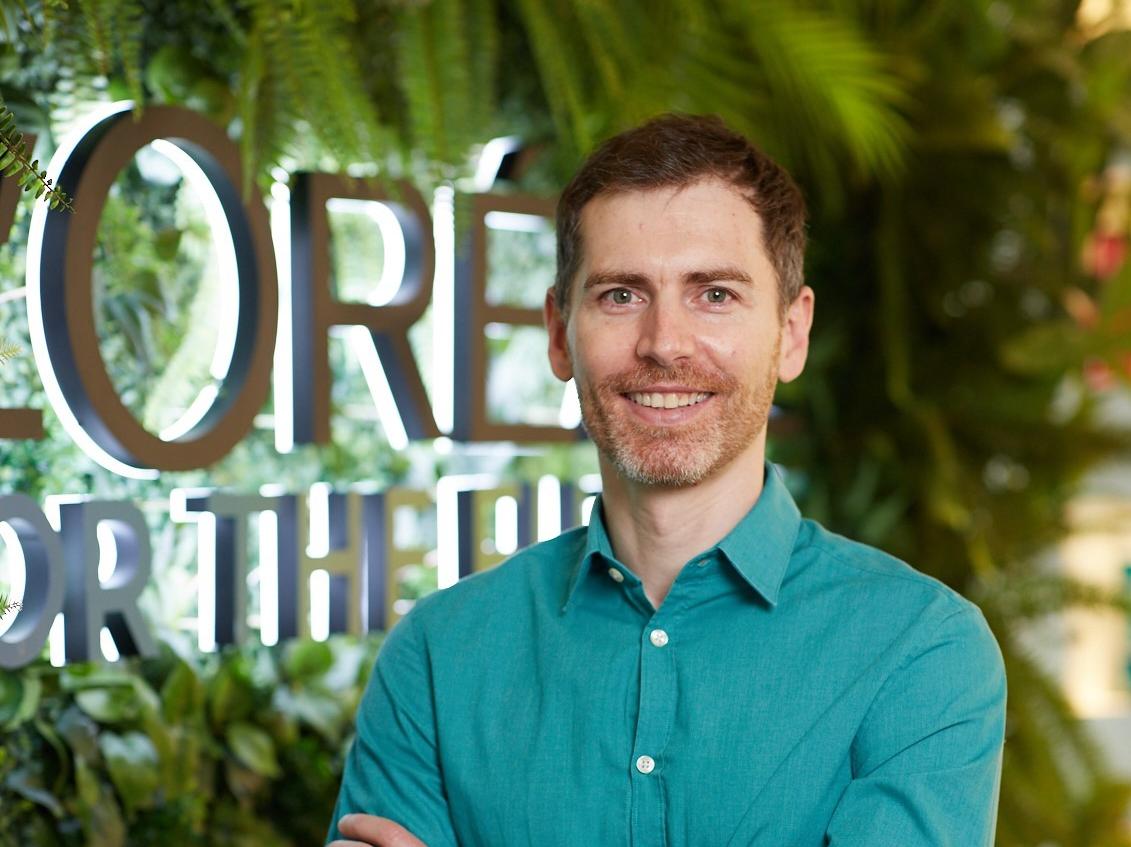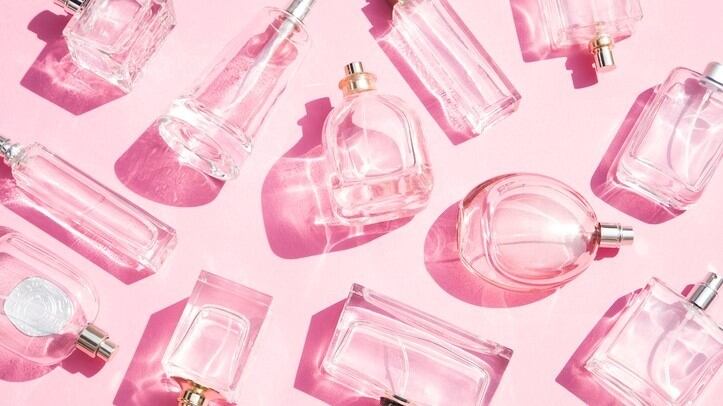In June 2020, international beauty titan L’Oréal unveiled its global 2030 sustainability plan ‘L'Oréal for the Future’ – an extensive dossier of pledges covering plastic use, carbon emissions and ingredient sourcing. Among a plethora of goals, L’Oréal said that by 2030 it would ensure all plastic packaging was recycled or bio-based; all company sites and centres were carbon neutral; and 95% of its ingredients were bio-based, derived from abundant minerals or circular.
Brice André, global director of sustainable packaging at L’Oréal, said the program housed “bold objectives” for the company, particularly on the packaging side.
By 2030, L’Oréal wanted to reduce the overall amount of packaging in its global portfolio by 20% compared to a 2019 baseline; work towards using “better plastics” – only recycled or bio-based; and ensure all plastics were “refillable, reusable or compostable”.
Total beauty packaging circularity – upstream and downstream
Speaking to CosmeticsDesign-Europe, André said these 2030 goals required an important “transformation” in packaging towards total circularity – both upstream and downstream.
“Beauty packaging will really be about high circularity, with two loops. The upstream circularity, which is about reuse and refill, so packaging doesn’t become waste too early, then downstream circularity where packaging becomes a resource through recycling and composability,” he said.
And upstream circularity was a “very important” focus for L’Oréal currently, he said, offering an exciting space set to expand in the coming years as more of its brands across mass and luxury rolled out refill or reuse jars and packaging.
Refill Revolution Beauty Trend
The Refill Revolution is one of CosmeticsDesign-Europe's Top Five EMEA Beauty Trends to Watch in 2022 - part of the wider circular beauty movement.
As L’Oréal continued pushing ahead with its circular goals, André said both material science and product design advances would be equally important. “When, for instance, we are talking about advanced recycling – to broaden the possibility to have circular plastics – we’re talking about the science of material. But we are also designing objects here; objects to be products, and so this also appeals to new designs in cooperation with new materials from science.”
But no matter what the focus – upstream or downstream – he said lifecycle analysis would be key in advancing overall sustainability. “The goal is to have less impact overall and not just less impact in one field.”
The consumer challenge – practical, performing and appealing
“I actually truly believe that the future of beauty packaging will be in eco-desirability – a combination of ecological, or sustainable, and desirability.”
André said packaging design and product concepts also had to hold consumer appeal. “I actually truly believe that the future of beauty packaging will be in eco-desirability – a combination of ecological, or sustainable, and desirability.”
The beauty packaging of the future, he said, had to have an “ever-improving environmental profile” yet remain “practical, performing and appealing”. L’Oréal’s sustainable packaging optimisation (SPOT) tool helped measure this, he said, providing a score based on 14 impact criteria for a product, packaging or initiative to ensure there were no compromises made on the overall environmental profile.
But were consumers ready for sustainable shifts in beauty packaging, with the likes of reuse and refill models? “It’s probably a challenge but some markets are actually shifting,” André said. “We are seeing more adherence to the refill-reuse model, and we are very hopeful that this model will take off more in the future.”
As beauty brands like L’Oréal and others continued to innovate in this space, he said it would be key to take consumers along with this sustainable shift – the greatest task ahead. “The big challenge will be to have both consumers and all the different actors really aligned to progress. And what I see as a major hurdle is the understanding of lifecycle analysis.”

Whilst the concept of recyclability was relatively straightforward for consumers, he said there were other aspects of packaging and the beauty supply chain that were more complex to understand and therefore needed to be more carefully explained.
Getting these new models and packaging concepts to scale, to ultimately driving wider consumer understanding and uptake, he said, required close-knit internal innovation at L’Oréal but also important external partnerships.
Multi-disciplinary teams and smart startup tie-ups
L’Oréal already operated with “very diverse” consolidated multi-disciplinary teams on packaging innovation, André said, pooling together industrial designers, consumer market insight analysts and user-experience designers, among others, in a very close ecosystem. And these teams worked together on various projects, from early development stages for new products to established brand re-designs, he said.
But beyond this internal work, he said external partnerships were critical in driving forward sustainable packaging goals.
“We are partnering with a lot of new kids on the block when it comes to innovation in packaging.” L’Oréal was working with French packaging specialist Albéa, for example, on developing beauty tubes including cardboard and Danish startup Paper Bottle Company on bio-based, recyclable paper bottles. The beauty major was also working with US recycling giant TerraCycle via its Loop program to produce food-grade quality PET [Polyethylene terephthalate], as well as US chemicals firm PureCycle on food-grade quality PP [Polypropylene].

“For us, it’s key to be able to partner not only with our internal capabilities but also with the external capabilities to tackle these challenges. The big, new focus is really to make sure we partner with all the best top-notch startups and companies to reach these objectives.”
Collaboration with other businesses via consortiums or multi-firm partnerships, he said, was also key – like L’Oréal’s work with Nestlé Waters, PepsiCo and Suntory Beverage & Food Europe under its consortium co-founded with Carbios, working to develop infinitely recyclable bottles. Its tie-up with energy giant Total and recycling major LanzaTech for carbon-captured packaging materials was another important example.
“We all need to work together, for sure. The more we share solutions, the better future there is for sustainability and packaging,” André said.




